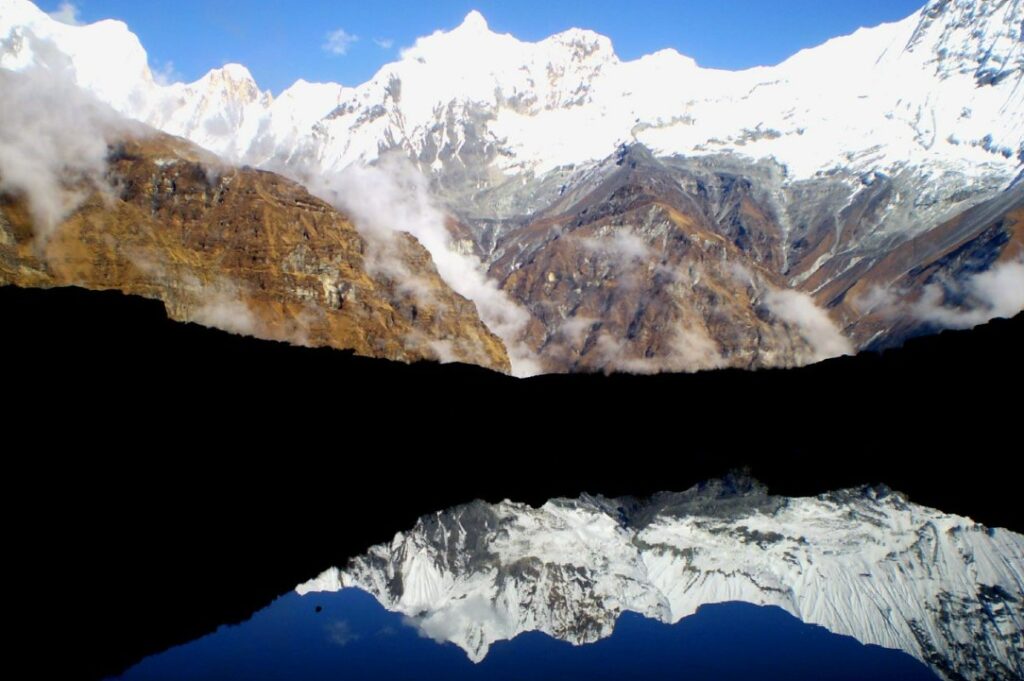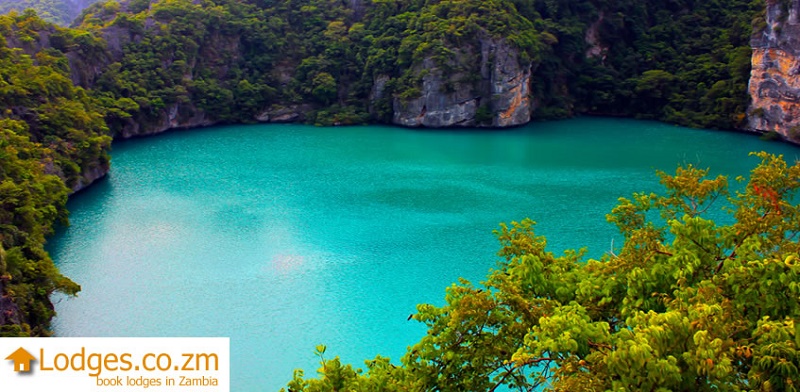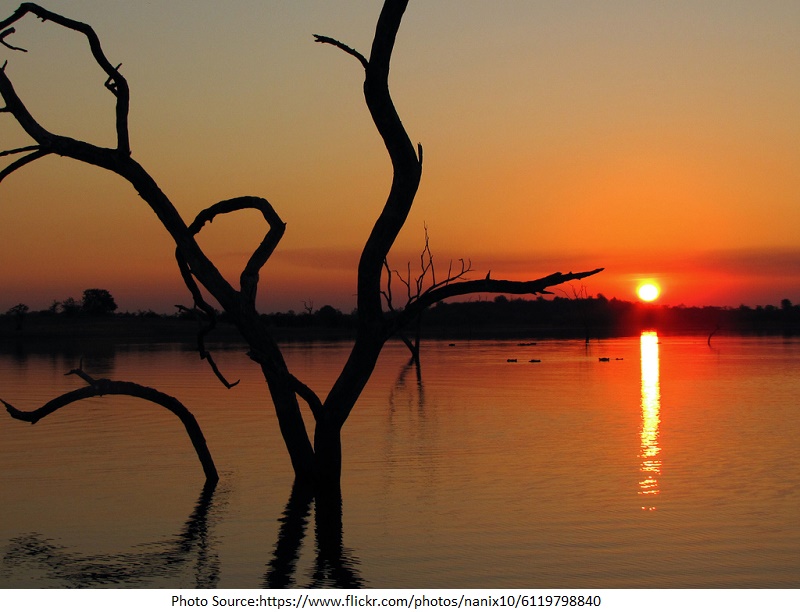The Annapurna Base Camp (ABC) Trek is one of Nepal’s most famous trekking routes, offering stunning views of the Annapurna and Dhaulagiri ranges. While many believe that trekking in the Himalayas is for experienced hikers only, the Annapurna Base Camp trek for beginners is entirely achievable with the right planning, preparation, and mindset. This guide will take you step-by-step through everything you need to know to complete this adventure, from the location of Annapurna Base Camp to the costs involved, and what you can expect on the trail.
Why Choose the Annapurna Base Camp Trek?
The Annapurna Base Camp Trek is ideal for beginners because it combines diverse landscapes with relatively moderate trekking challenges. You’ll walk through lush rhododendron forests, terraced farmlands, charming Gurung villages, and dramatic mountain vistas, all the way up to the height of Annapurna Base Camp, which is 4,130 meters (13,550 feet). For many, this trek is a gateway into the world of high-altitude trekking.
The Annapurna region is well-equipped for trekkers, with a wide range of accommodations, delicious local food, and plenty of information along the route. Most importantly, it offers breathtaking views of towering peaks like Annapurna I, Machhapuchhre (Fishtail), and Hiunchuli, without the extreme challenges posed by more technical or higher-altitude treks.
Step 1: Understanding the Annapurna Base Camp Trek Location
The Annapurna Base Camp trek location is nestled in central Nepal, about 40 kilometers north of the city of Pokhara. The trek starts from either Nayapul or Ghandruk, both accessible by a short drive from Pokhara. One of the reasons why this trek is popular among beginners is its easy accessibility. Pokhara itself is a well-known tourist hub, where you can arrange your trek, gather necessary gear, and enjoy a relaxing stay before and after the trek.
The trail leads you through the beautiful Annapurna Sanctuary, a high glacial basin surrounded by peaks. As you progress, you’ll feel the landscape dramatically shift—from subtropical forests to alpine terrain—making this one of the most scenic treks in the world.
Step 2: Preparing for the Trek (Fitness, Gear, and Acclimatization)
Though the Annapurna Base Camp trek is considered moderate, it’s essential for beginners to be adequately prepared. Here’s what you need to focus on:
Fitness Level:
You don’t need to be an athlete to complete this trek, but a basic level of fitness is important. Expect to walk for 5-7 hours each day, with a mix of gradual ascents and steeper climbs. Strengthening your legs, building endurance, and improving cardiovascular health through regular exercise a few months before your trek is a good idea.
Essential Gear:
The right equipment can make or break your trekking experience. Here’s a list of what you’ll need:
- Trekking Boots: Sturdy and comfortable, with ankle support.
- Backpack: A 30-40 liter pack is sufficient for this trek.
- Clothing: Layering is key. Pack moisture-wicking base layers, fleece, a down jacket, and a waterproof outer layer.
- Trekking Poles: These are optional but helpful for beginners on uneven terrain.
- Sunglasses and Sunscreen: The UV rays are strong at higher altitudes, even on cloudy days.
- First-Aid Kit: Include altitude sickness medication, bandages, and blister treatment.
Acclimatization:
Though the height of Annapurna Base Camp is only 4,130 meters, it’s still essential to acclimatize to avoid altitude sickness. The ABC trek is designed with gradual altitude gains, which help your body adjust. However, listen to your body, stay hydrated, and don’t rush the ascent. If you feel any symptoms of altitude sickness (headache, dizziness, nausea), it’s crucial to rest and descend if needed.
Step 3: Understanding the Annapurna Base Camp Cost
The cost of the Annapurna Base Camp trek can vary based on the services you choose, the duration of your trek, and whether you go independently or with a trekking agency. Here’s a general breakdown:
- Permits: You’ll need two permits—the Annapurna Conservation Area Permit (ACAP) and the Trekkers’ Information Management System (TIMS) card. Together, these will cost around $40.
- Accommodation and Food: On the trail, teahouses offer basic accommodation and meals. Expect to pay around $5-10 per night for a room and $5-8 per meal. A budget of $30-40 per day should suffice for food and lodging.
- Guides and Porters: Hiring a guide costs approximately $25-30 per day, while a porter costs around $20 per day. Having a guide is recommended for beginners, as they can help with navigation, altitude management, and local knowledge.
- Transportation: The drive from Pokhara to the trailhead and back costs roughly $15-30, depending on your choice of vehicle.
In total, a typical Annapurna Base Camp trek cost ranges from $500 to $1,500, depending on your level of comfort and support.
Step 4: Day-by-Day Itinerary for Beginners
Here’s a simple itinerary that can be extended or shortened based on your pace and experience level:
Day 1: Pokhara to Nayapul (1-hour drive), trek to Ghandruk (1,940m) – 4-5 hours
Start your trek with a scenic walk through terraced fields and lush forests, arriving at the charming Gurung village of Ghandruk by evening.
Day 2: Ghandruk to Chhomrong (2,170m) – 4-5 hours
Today’s trek involves a mix of uphill and downhill sections. Chhomrong offers stunning views of Machhapuchhre and Annapurna South.
Day 3: Chhomrong to Bamboo (2,310m) – 4-5 hours
Descend to the river, followed by a steep climb to reach Bamboo, a small village surrounded by forests.
Day 4: Bamboo to Deurali (3,230m) – 4-5 hours
The trail becomes more rugged and alpine as you gain altitude. The night is spent in Deurali, just below the Annapurna Sanctuary.
Day 5: Deurali to Annapurna Base Camp (4,130m) – 5 hours
The most exciting day! You’ll trek through the Annapurna Sanctuary and reach the Annapurna Base Camp location by afternoon. Enjoy panoramic views of the Annapurna Massif, and stay overnight at base camp.
Day 6: Annapurna Base Camp to Bamboo – 6-7 hours
After a glorious sunrise at ABC, descend back to Bamboo, retracing your steps.
Day 7: Bamboo to Jhinu Danda (1,780m) – 5-6 hours
Stop at Jhinu Danda, known for its natural hot springs, where you can relax after days of trekking.
Day 8: Jhinu Danda to Nayapul, drive to Pokhara – 6-7 hours
Your trek ends as you return to Nayapul, followed by a short drive back to Pokhara.
For beginners looking for a shorter version of the trek or those with limited time, the Short Annapurna Base Camp Trek offers a condensed yet equally rewarding experience. Whether you choose the full or shortened version, you’ll be amazed by the stunning beauty of the Annapurna region.
Step 5: Tips for Beginners on the Annapurna Base Camp Trek
- Start Slow: Take your time on the initial days to adjust to the pace and altitude.
- Stay Hydrated: Drink plenty of water to help your body acclimatize.
- Trekking Permits: Don’t forget to carry your ACAP and TIMS permits along the trail.
- Pack Light: Carry only the essentials to make your trek more comfortable.
- Book Accommodations Early: During peak trekking seasons, teahouses can fill up quickly. Booking ahead can save you stress.
Conclusion: Ready to Embark on Your ABC Journey?
The Annapurna Base Camp trek is a fantastic adventure for beginners, offering the chance to experience the grandeur of the Himalayas without extreme challenges. With the right preparation and mindset, anyone with reasonable fitness can conquer this trek and return with memories that will last a lifetime.
To ensure a seamless experience, check out Boundless Adventure for expertly crafted trekking packages, reliable guides, and personalized itineraries that cater to all experience levels. Boundless Adventure ensures your trek is safe, enjoyable, and memorable from start to finish. Happy trekking!
Explore our blog: https://articleusa.com/essential-packing-list-for-the-annapurna-base-camp-trek/





